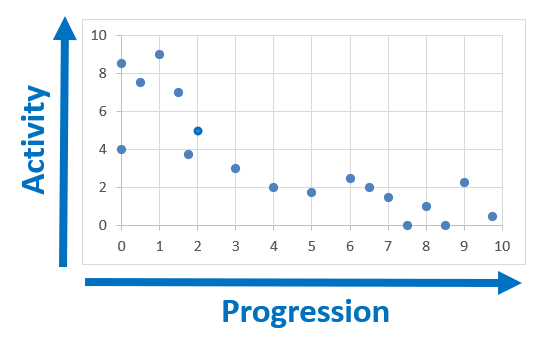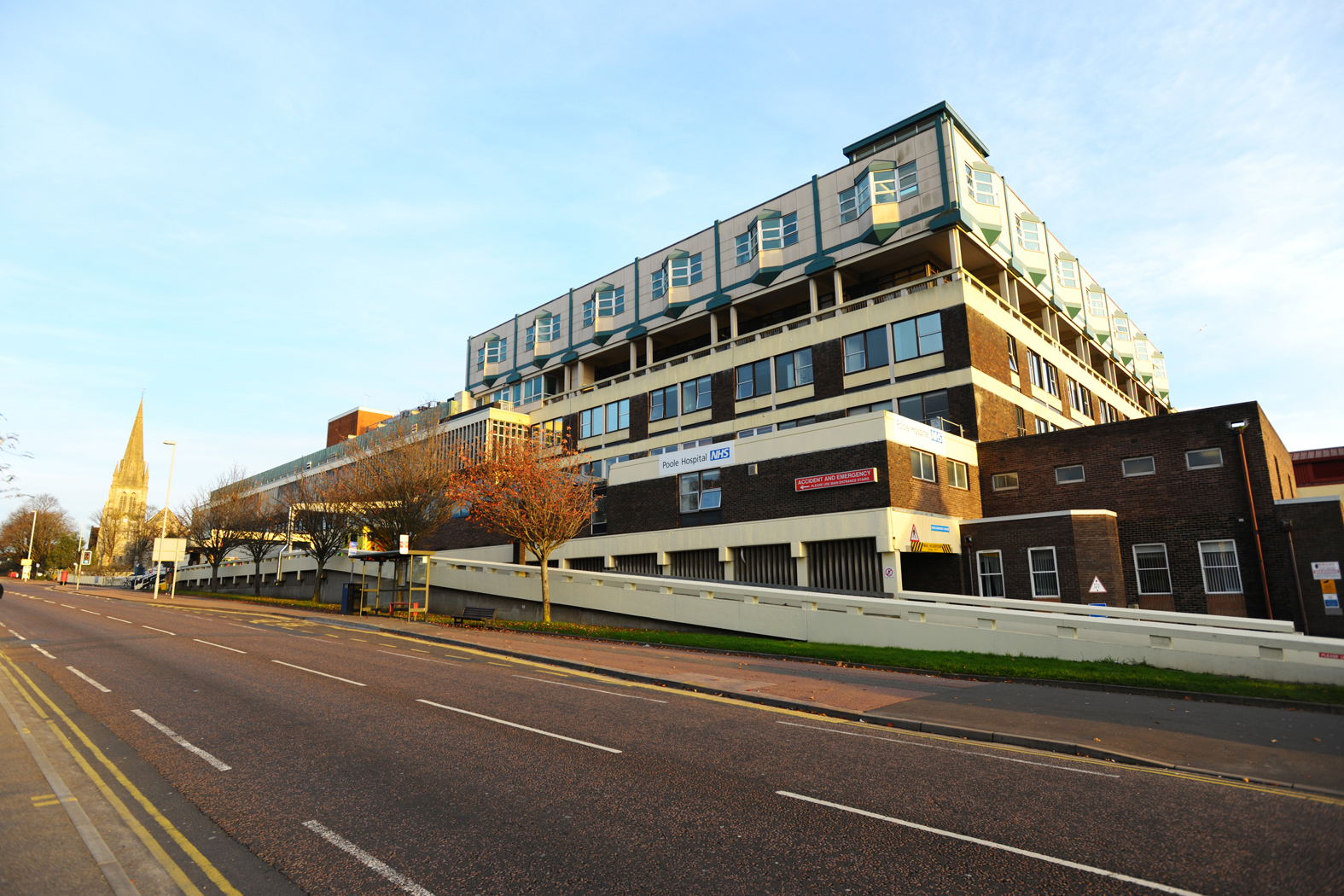Types of MS
Types of MS
MS has and continues to be divided into three main types, which is the traditional way of classifying MS:
- Relapsing remitting Multiple Sclerosis (RRMS)
- Secondary progressive Multiple Sclerosis (SPMS)
- Primary progressive Multiple Sclerosis (PPMS)
The way Multiple Sclerosis is thought about is changing and whilst MS is still divided into these three main types, our understanding of the disease means that it is not quite as clear cut as these classifications make it appear.
Everyone with MS is likely to have an element of both MS 'activity' (inflammation) and 'progression' (whether they have a diagnosis of relapsing remitting MS or progressive MS), but no two people will be exactly the same.
Depending on what is happening, in terms of the amount of activity versus progression you have, will lead to what you will experience, and what type of support, strategies, or treatment may help you.
Sometimes MS professionals will talk about MS in these terms rather than, or as well as, by the traditional classification.
Relapsing Remitting MS
About 85% of people will be diagnosed with relapsing remitting MS. This is characterised by an episode of neurological symptoms which are constant and then usually resolve (either completely or partially). This is followed by a period of stability, and then further episodes may occur; hence the name relapsing remitting.
Some people with relapsing remitting MS may be eligible for Disease Modifying Drug (DMD) treatments – NHS England have strict eligibility criteria for these. More information can be found in the Disease Modifying Drug (DMD) section and, on the MS Trust and MS Society websites:
Disease modifying drugs (DMDs) | MS Trust
Disease Modifying Therapies For MS - DMTs | MS Society
The MS Trust, MS Society and Shift.MS all have excellent resources for more information about relapsing remitting MS:
Relapsing remitting MS | MS Trust
Relapsing Remitting MS (RRMS) - MS Relapse Signs | MS Society
Types of multiple sclerosis | Shift.ms
Secondary Progressive MS
Secondary progressive MS is a stage of MS which comes after relapsing remitting MS (the reason why it is called secondary).
It describes steady worsening and accumulation of symptoms over time (not attributed to relapses) together with the fact that you are no longer (or are less likely to be) having relapses.
It doesn't mean that you wouldn't have had any progression in the relapsing remitting stage of MS. MS Brain Health publication 'Brain Health – A guide for people with multiple sclerosis' talks about the role of neurological reserve in MS progression:
Brain health - A guide for people with multiple sclerosis (msbrainhealth.org)
For most people with MS progression, the changes are slow and gradual over time but for some it can be more rapid. Also, progression doesn't always happen in a steady way. There can be times where there is no or little change, and other times where changes are more noticeable.
There isn't a 'test' for having secondary progressive MS. It is a diagnosis made clinically based on your medical history and the way your symptoms have been behaving. Your Neurologist, MS nurse or MS therapist may talk about you having, or transitioning, to progressive MS if they think this may be the case for you.
The MS Trust, MS Society and Shift.MS all have excellent resources for more information about secondary progressive MS:
Secondary progressive MS | MS Trust
What Is Secondary Progressive MS? (SPMS) | MS Society
Types of multiple sclerosis | Shift.ms
Primary Progressive MS
In primary progressive MS, there is a gradual worsening and accumulation of symptoms over time.
Unlike secondary progressive MS (where a progressive phase follows an initial relapsing remitting stage), in primary progressive MS progression happens from the outset, hence 'primary'.
For most people with MS progression, the changes are slow and gradual over time but for some it can be more rapid. Also, progression doesn't always happen in a steady way. There can be times where there is no or little change, and other times where changes are more noticeable.
About 10-15% of people diagnosed with MS are diagnosed with primary progressive MS. This type of MS is typically diagnosed when someone is in their 40s or 50s.
The MS Trust, MS Society and Shift.MS all have excellent resources for more information about primary progressive MS:
Primary progressive MS | MS Trust
Primary Progressive MS (PPMS) - Types of MS | MS Society
Types of multiple sclerosis | Shift.ms
Rapidly Evolving Severe MS (RES)
Rapidly evolving service MS (RES) is a term mainly used as part of the eligibility criteria for certain MS disease modifying drugs (DMD).
RES is a less common form of relapsing remitting MS in which someone has two or more disabling relapses in one year and evidence of specific changes on MRI scan.
'Active MS' and 'MS with Progression'
Everyone with MS is likely to have an element of both MS 'activity' (inflammation) and 'progression' (whether they have a diagnosis of relapsing remitting MS or progressive MS), but no two people will be exactly the same.

Depending on where you are on the graph will lead to what you will experience and what type of support, strategies, or treatment may help you.
Sometimes MS professionals will talk about MS in these terms rather than, or as well as, by the traditional classification.
Active MS
Active MS describes that there is 'inflammation' in your brain or spinal cord, where your immune system is actively attacking nerves in these areas of your central nervous system.
Active MS can show clinically as a relapse, and/or as new or 'active' areas of damage on your MRI scan.
MS which is 'not active' means that you haven't got any signs of recent inflammation or attacks on your nerves by your immune system. It doesn't mean you don't have any symptoms. You may have symptoms from damage caused by previous attacks on your nerves.
If you have active MS (whether this is classified as relapsing remitting MS, secondary progressive MS or primary progressive MS) you may be eligible for disease modifying drug treatment (DMD) (although you will have to fulfil other NHS England criteria as well as having active MS).
With progression
Describes worsening and/or build-up of symptoms over time which is not because of a relapse or a new area of active inflammatory damage in your brain or spinal cord. These changes may be subtle and may not show themselves clinically.
Progression happens when nerve cells break down. It is not fully understood why this happens but there is ongoing research to find out how and why.
The MS Society has a good webpage explaining Active MS and MS with Progression further:









